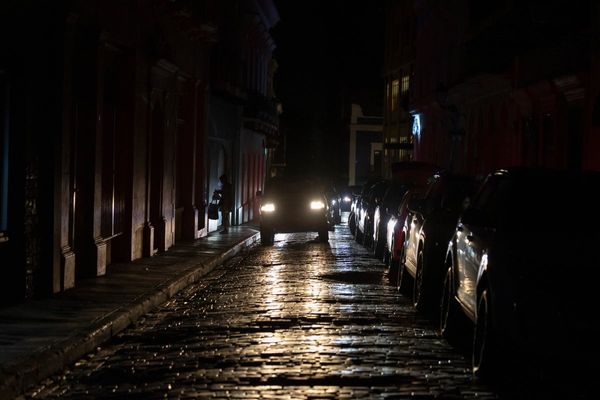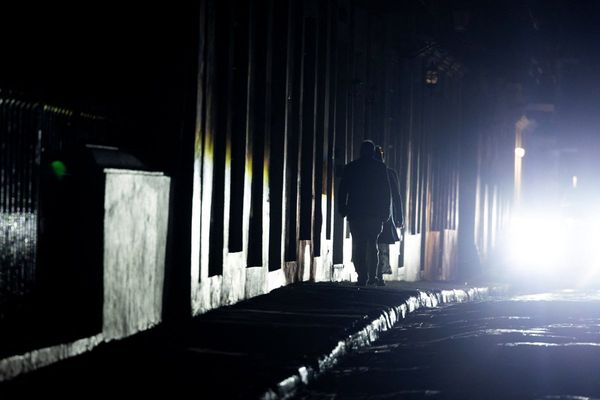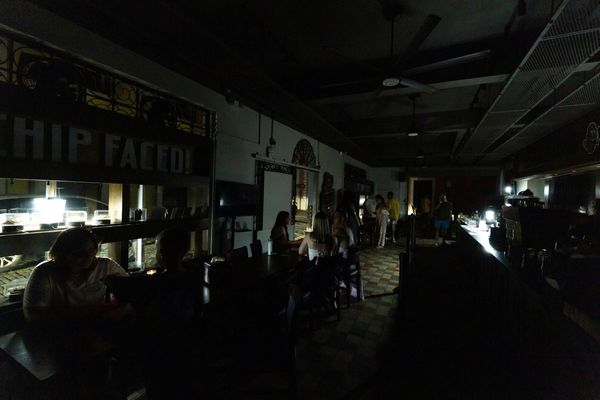
Foreign-policy hawks worried that the new Nord Stream 2 gas pipeline from Russia to Germany would increase Moscow’s leverage over Europe. The first weeks after the pipeline’s completion are doing little to dispel their concerns.
In Europe, spot gas prices are at all-time highs and inventories are uncomfortably low. Fears are growing that a cold winter will force the region into a bidding war with Asia for liquefied natural gas shipments to keep lights and heaters on, and eyes are on Moscow to help out.
Gazprom, the state-controlled Russian gas producer, is Europe’s biggest supplier of the commodity. On Tuesday, the International Energy Association said Moscow could do more to ease Europe’s gas shortage, and that it was “an opportunity for Russia to underscore its credentials as a reliable supplier to the European market."
Nord Stream 2 is run by a Swiss company with financial investments from five European energy companies, but ultimately owned by Gazprom. Although construction was finished earlier this month, the project still needs signoff in Berlin and Brussels.
Europe usually refills its gas stores over the summer, but that hasn’t happened this year. While independently owned inventories have been built up in recent months, Gazprom has run down its European gas storage and declined to offer northwest Europe additional fuel, yet.
The company should have spare gas. At the start of the year, it said it had a maximum production capacity of 550 billion cubic meters of gas. Currently it is on track to produce closer to 510 bcm. There are plausible explanations for some of that miss, and the problem for Europe has been compounded by Gazprom’s need to rebuild Russian gas inventories. But even a partial closing of the production gap would meet Europe’s inventory shortfall, which is about 15 bcm.
“It’s a big gap between 510 and 550. Maybe they could raise it a little bit, but it’s difficult to know how much really they could ramp up," says Henri Patricot, energy analyst at UBS.
Last week, the Kremlin’s spokesman said, “The quickest launch of Nord Stream 2 would significantly balance out the pricing parameters of natural gas in Europe, including on the spot market," according to multiple news reports. Tying the offer of extra gas to Nord Stream 2 when existing pipelines have spare capacity, particularly via Ukraine, makes it hard not to see political motives in Russia’s position.
Final approval for Nord Stream 2 from Germany’s pipeline regulator and the European Commission is expected to take between six to eight months, according to Sindre Knutsson, gas market analyst at consulting firm Rystad Energy. “We’ve not seen any signs that the approval process will be speeded up," he says. It could even hit additional snags. The pipeline remains controversial.
Washington and many Eastern European capitals feared Nord Stream 2 would increase Europe’s reliance on Russian gas, give Moscow more regional power and be used to bypass Ukraine. Nord Stream 2 representatives have always rejected the accusations and insisted it was a commercial project to supply Europe with more gas as its local reserves declined. Both sides have a case, but in the current situation the geopolitics loom large.
The current tight gas market in Europe isn’t expected to last beyond the coming winter. Warmer spring weather will reduce demand, while gas facilities that are currently closed for maintenance delayed from 2020 or recent storms should start coming back online. About 20 million tons of new LNG capacity will also come on stream early next year.
But a near-term shortage is still a big problem. The fallout has started even before most households switch their heating on. Some industrial users are slowing production or even closing plants until gas prices fall. Utilities are restarting old coal-fired plants, even with extra costs for higher carbon emissions. LNG prices are rising.
Politics are among the many converging reasons for Europe’s record gas prices, which are themselves becoming a political issue. Nord Stream 2 still seems likely to be approved, according to the existing timetable, but a cold winter could force regulators to move faster. The pipeline has brought more power to Moscow before it has delivered any gas at all.
This story has been published from a wire agency feed without modifications to the text







